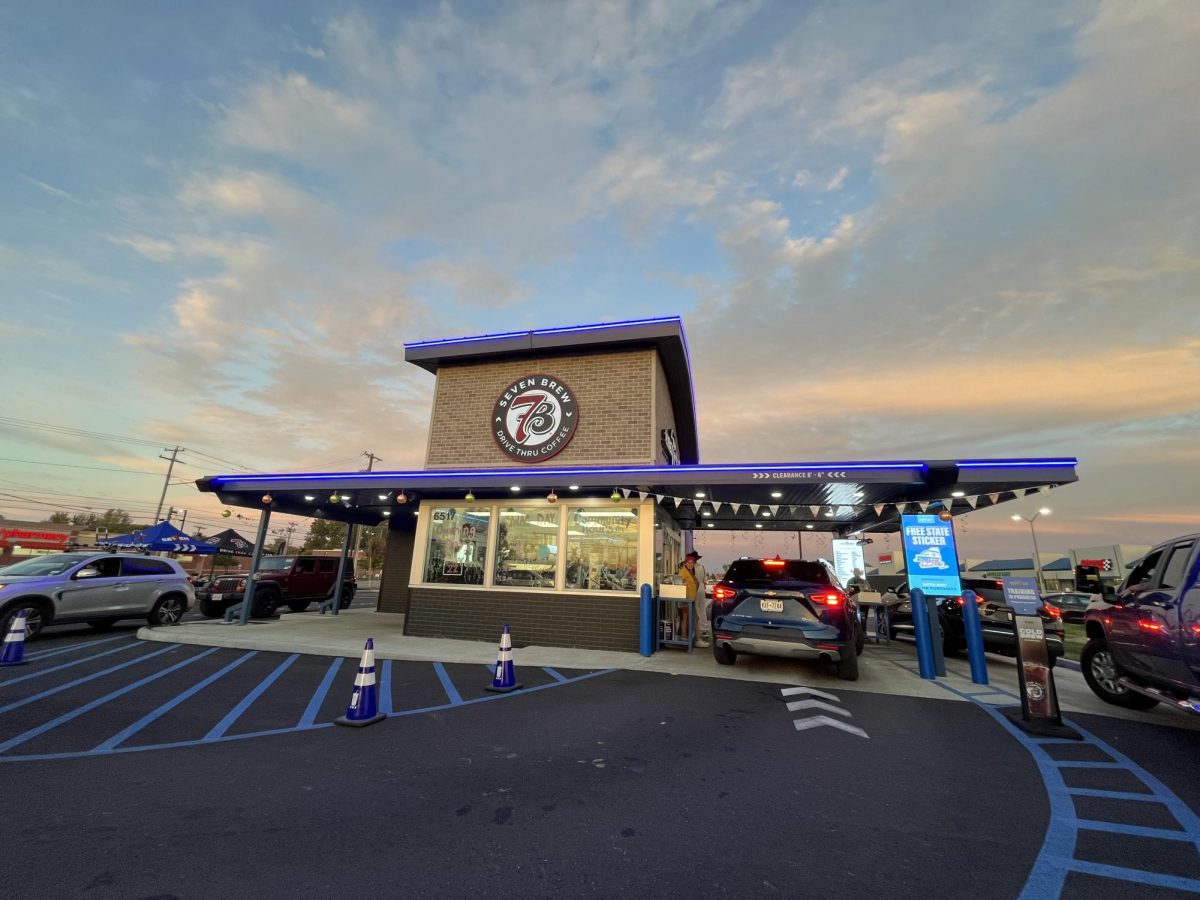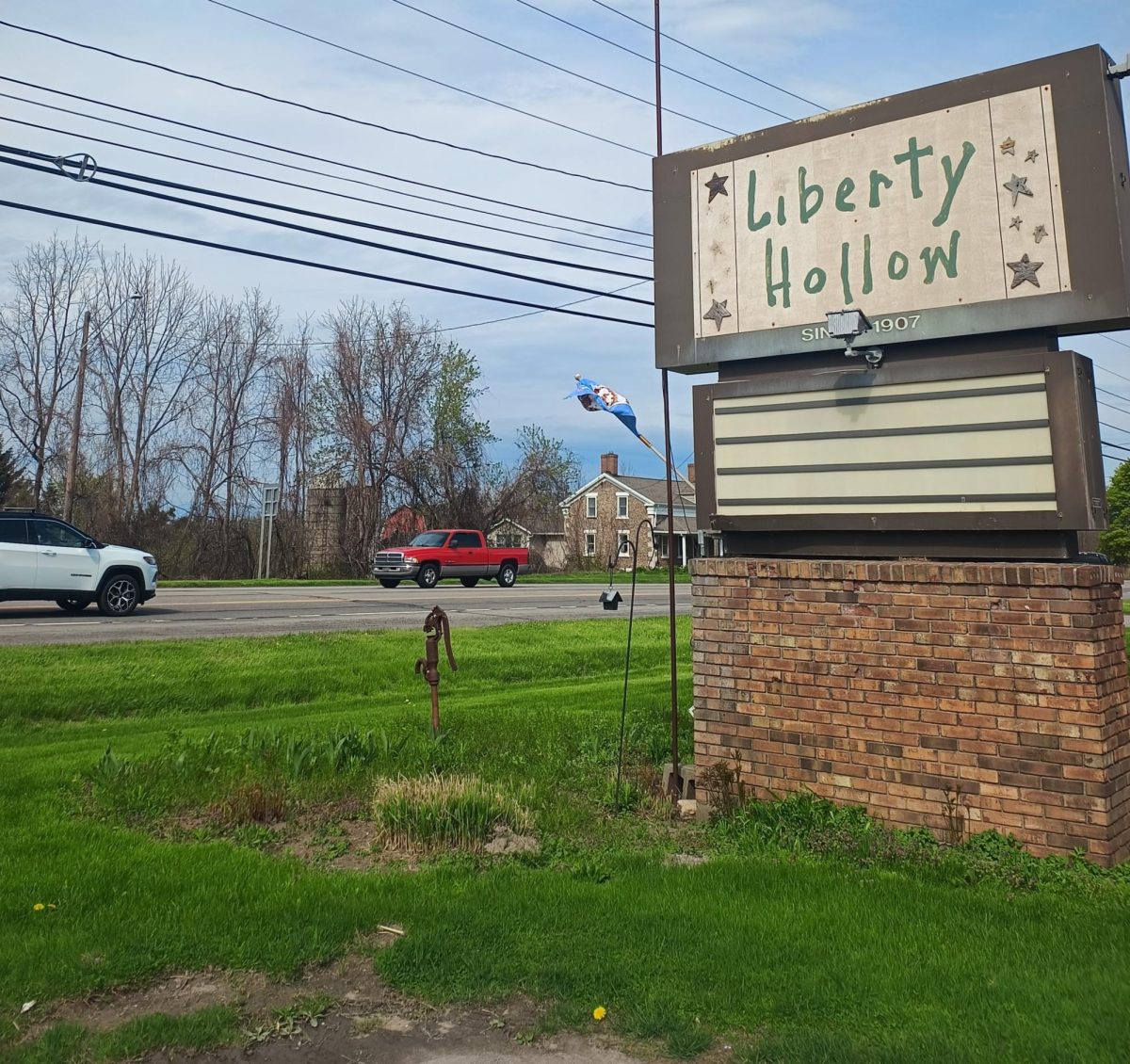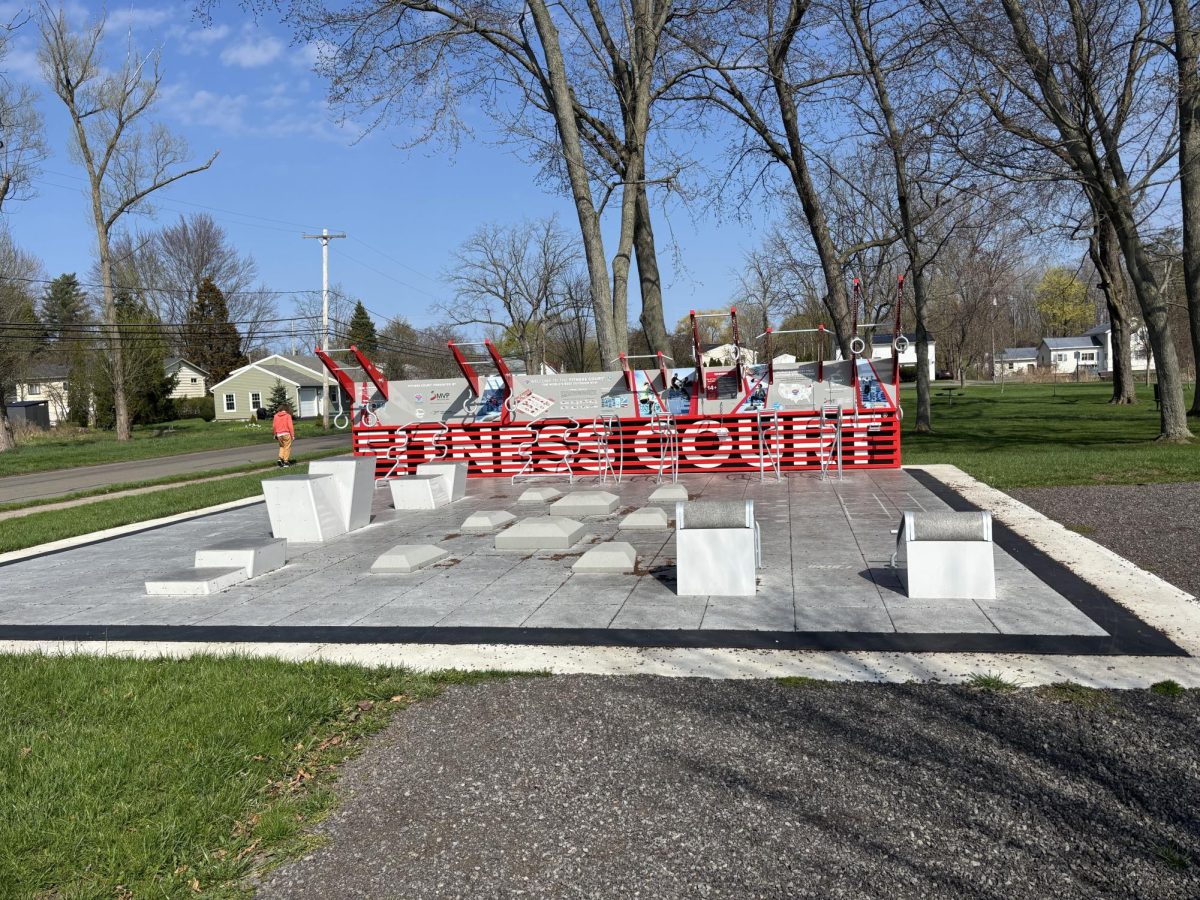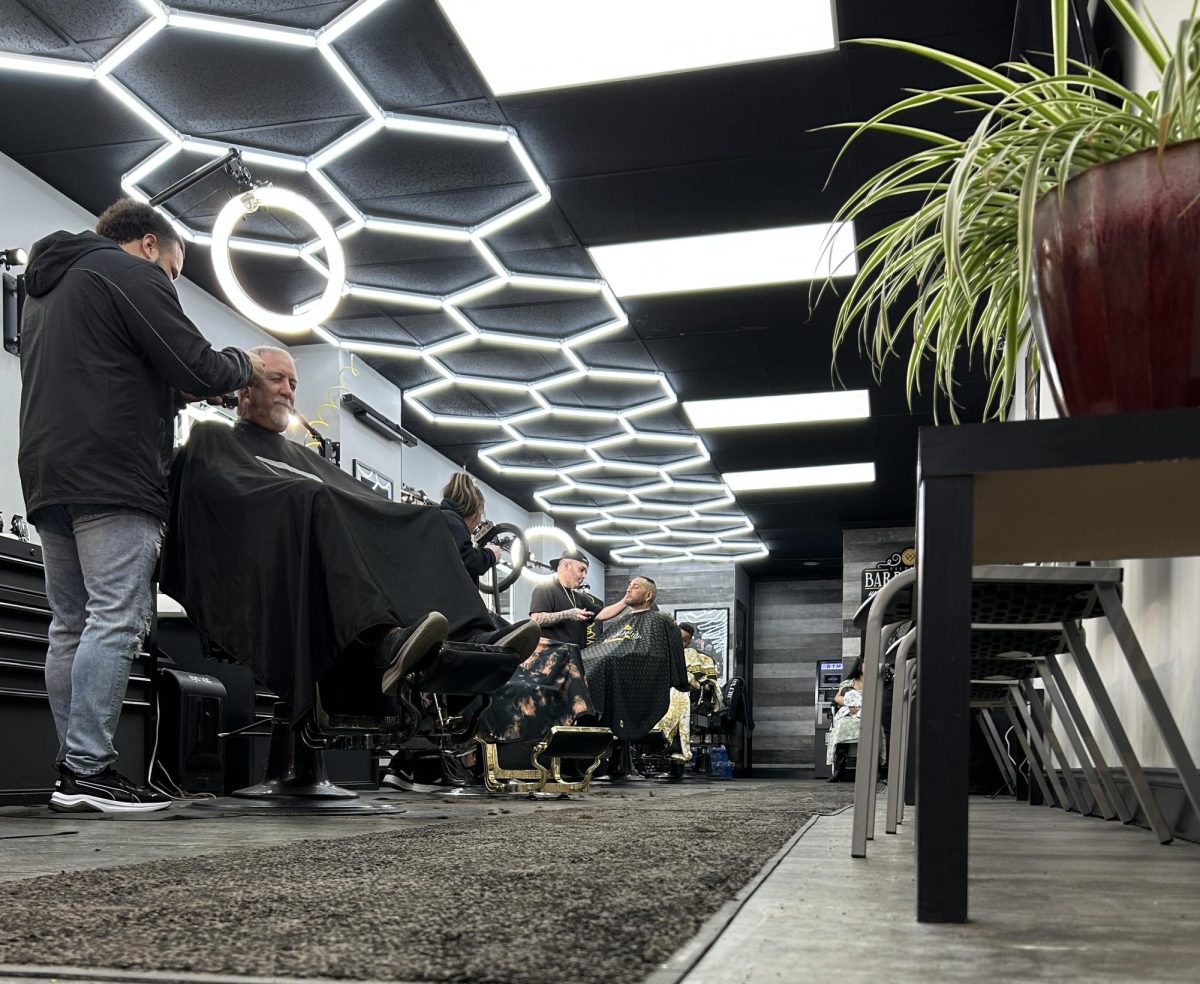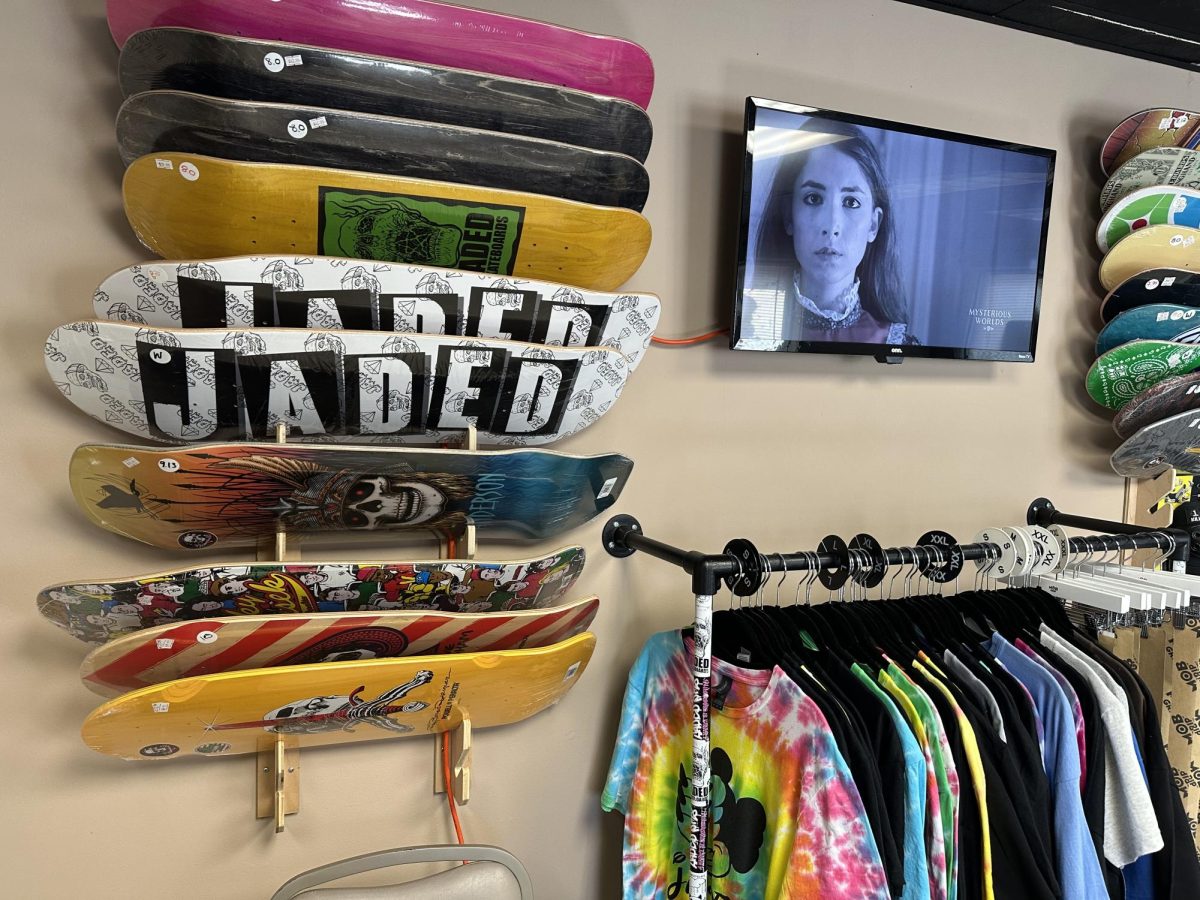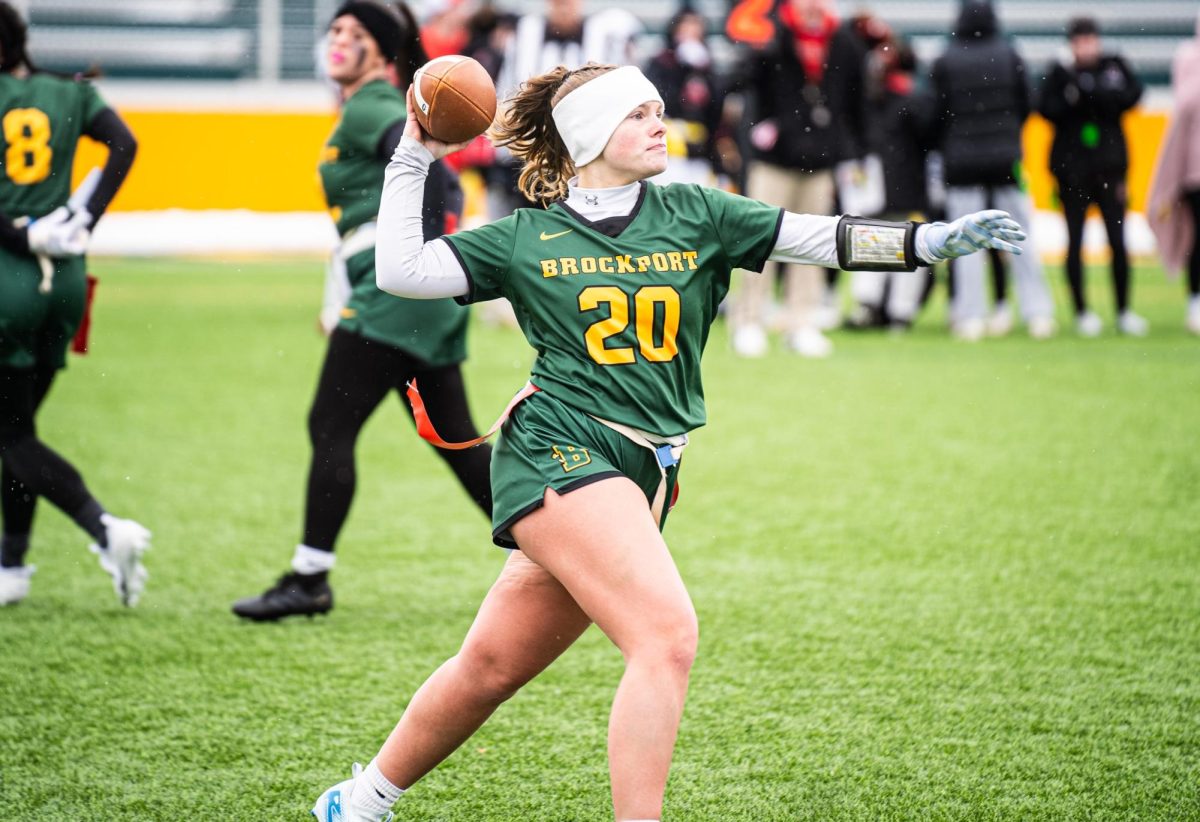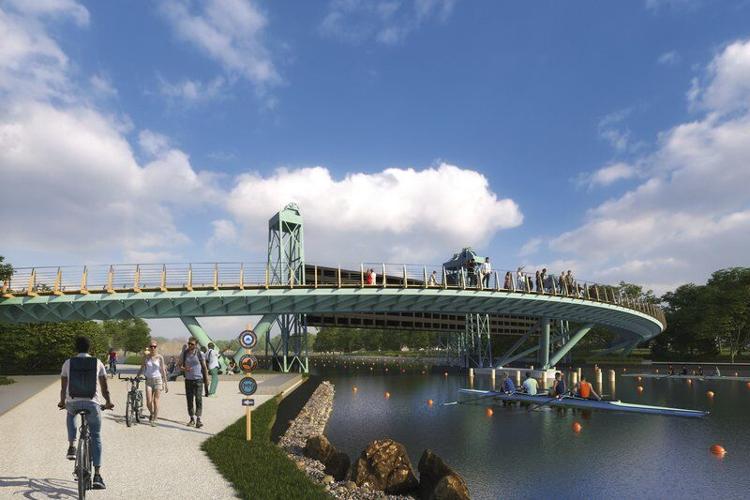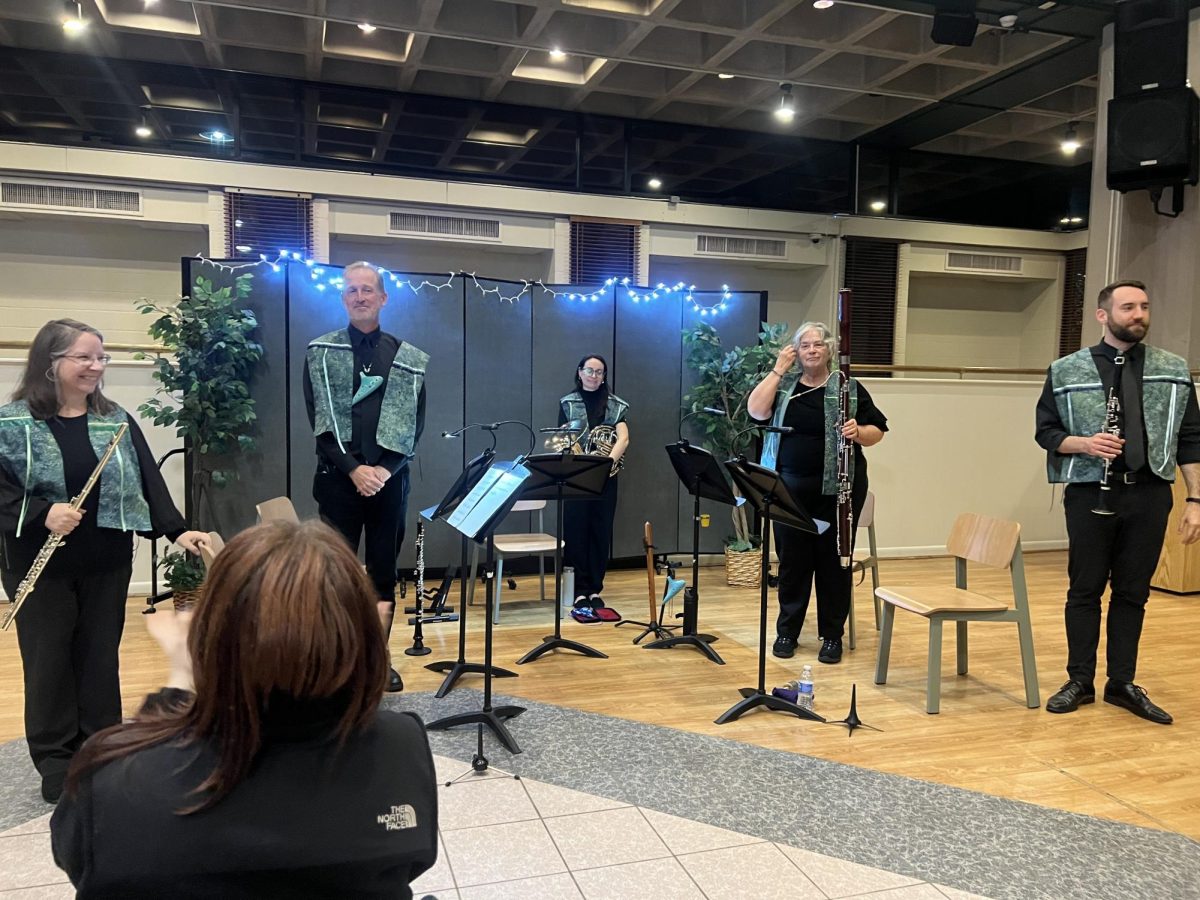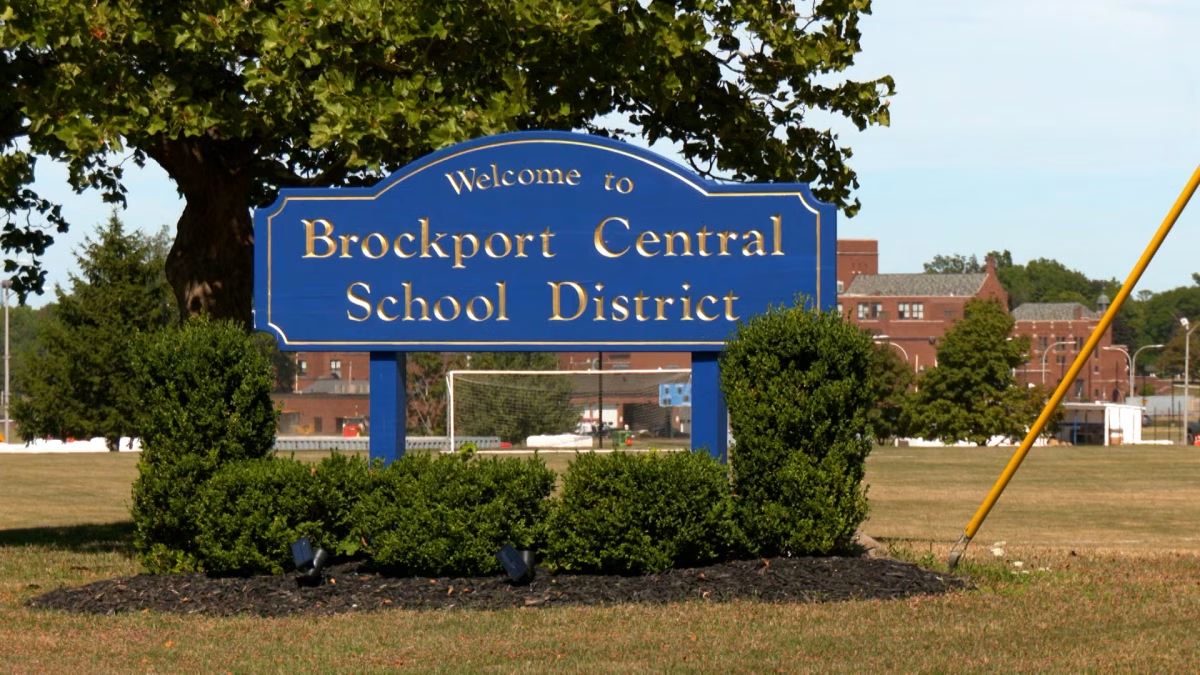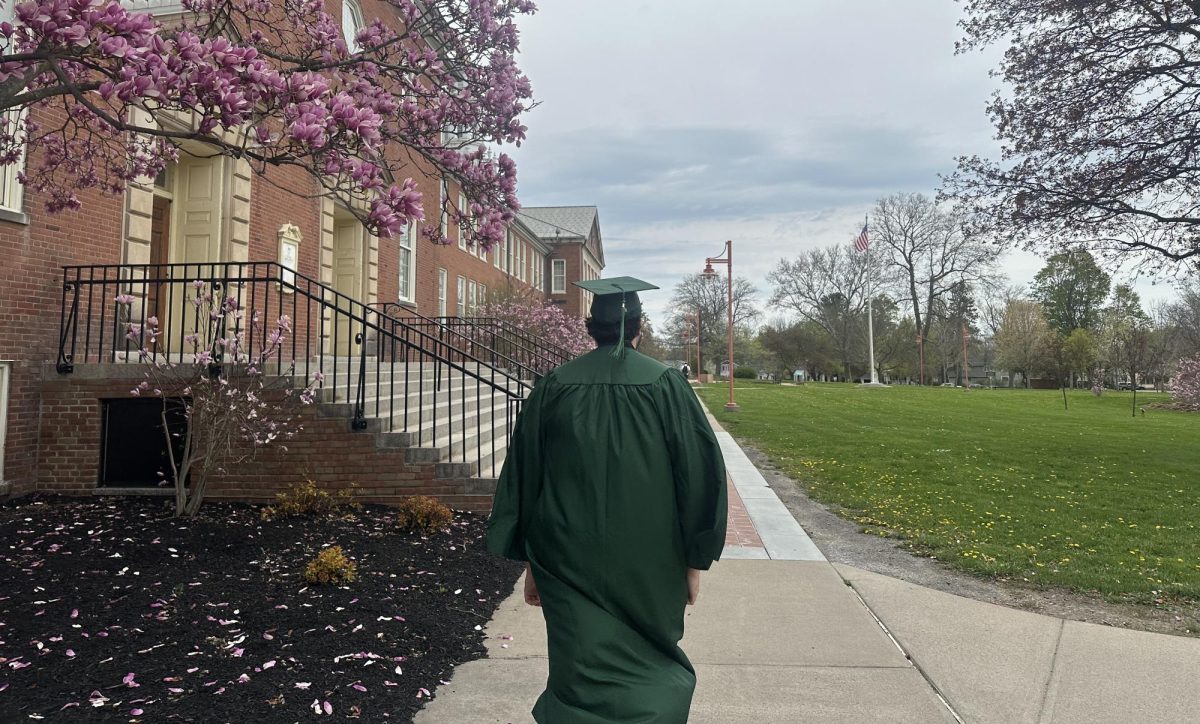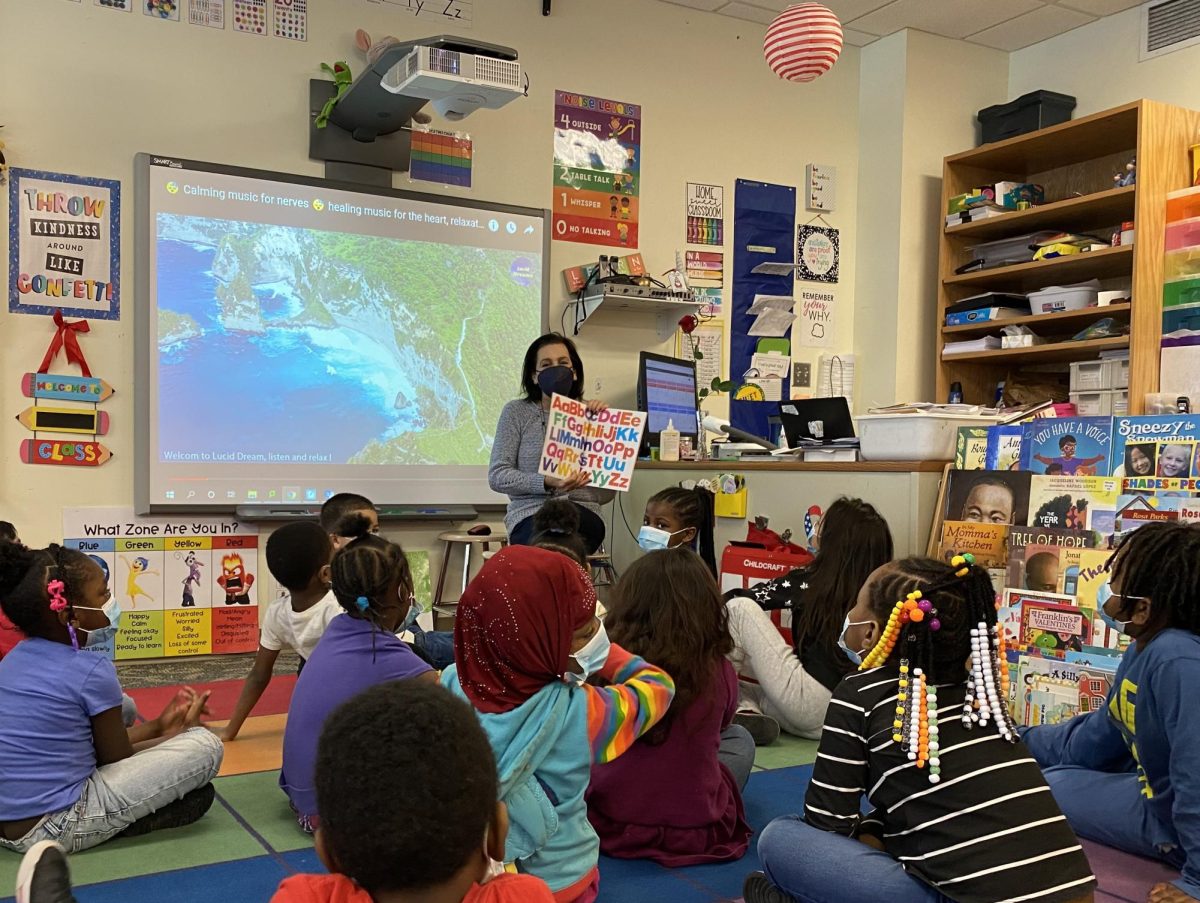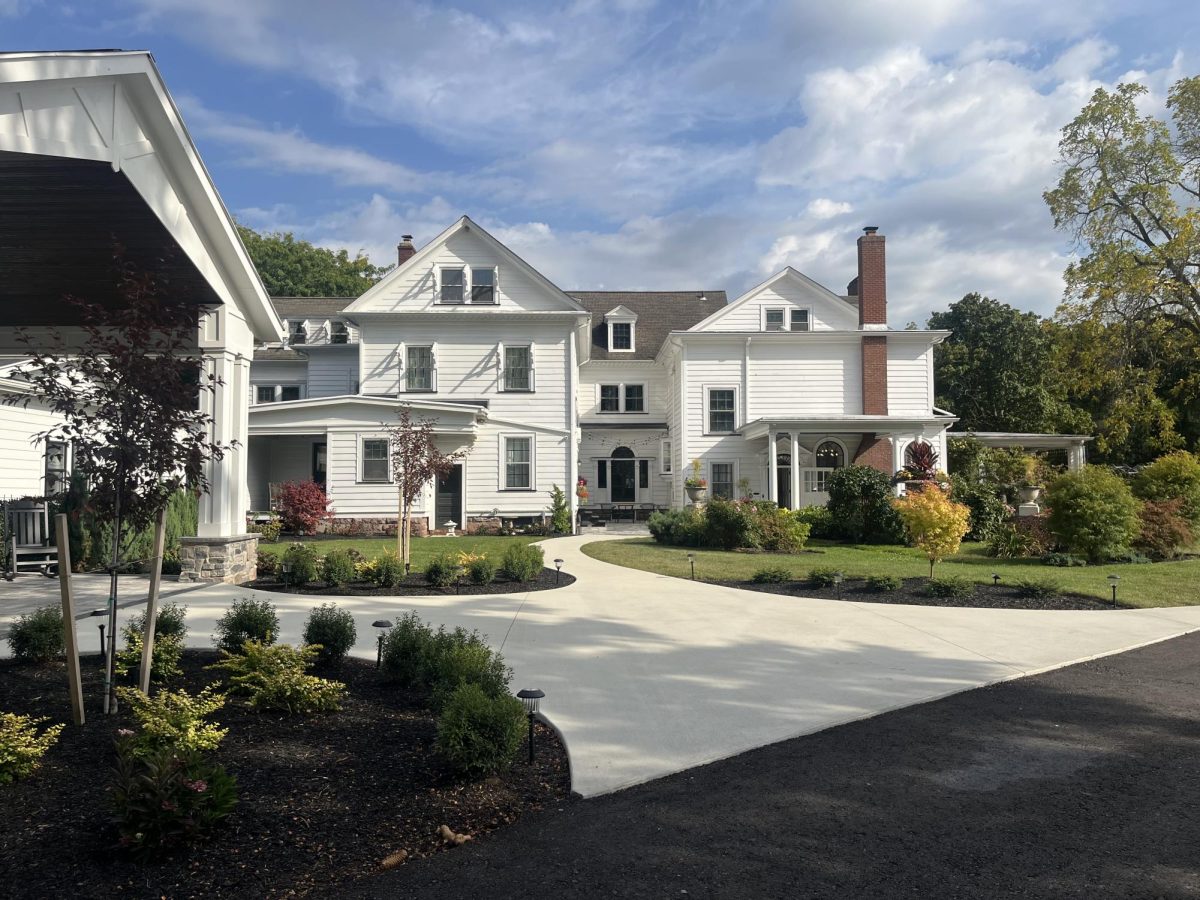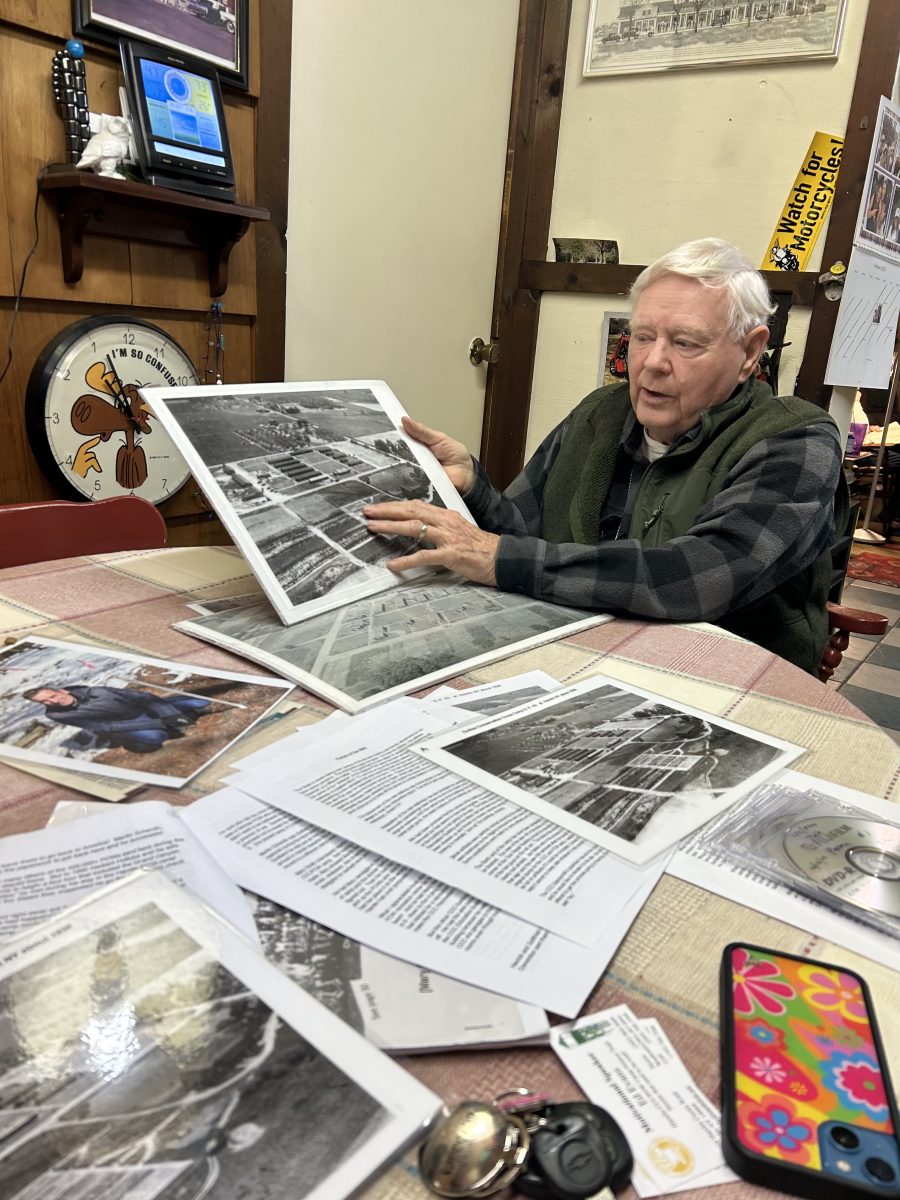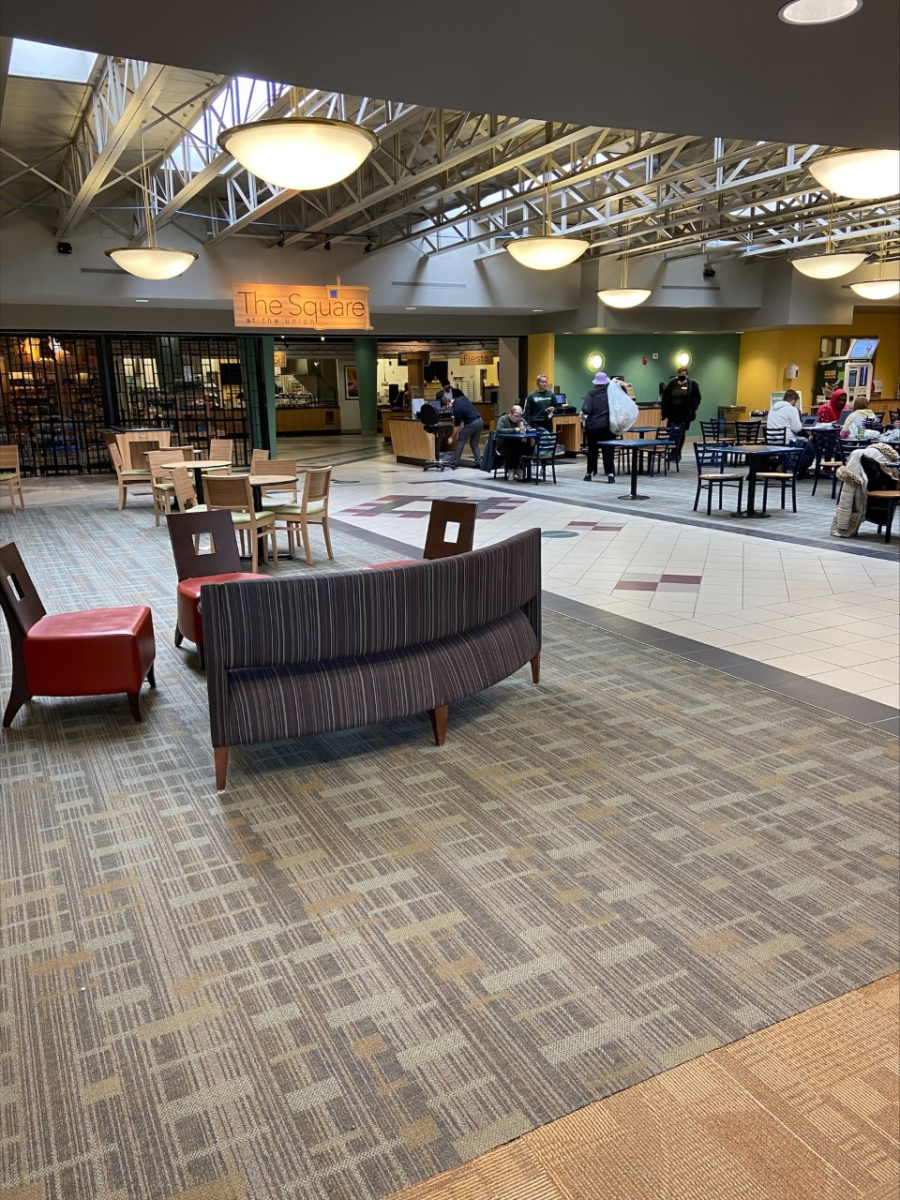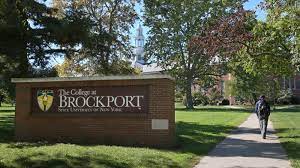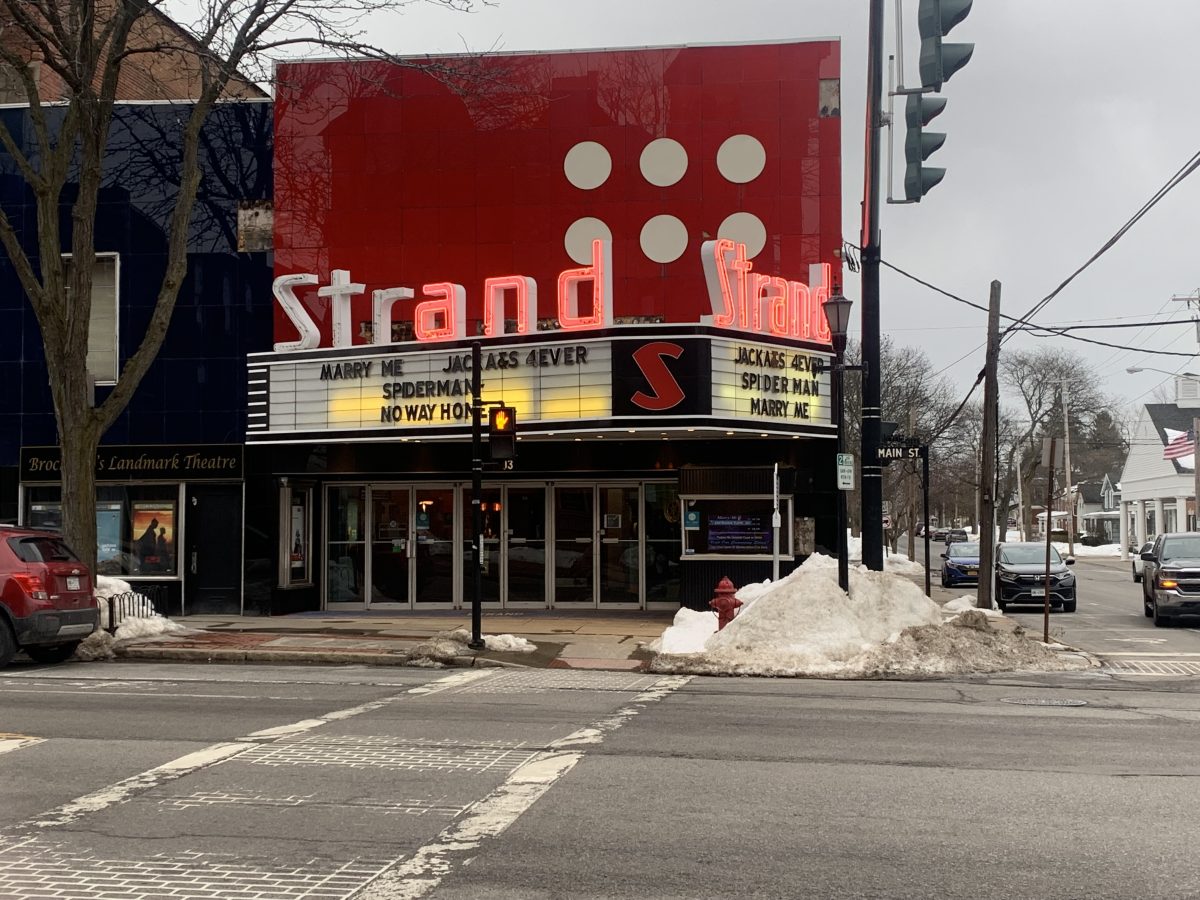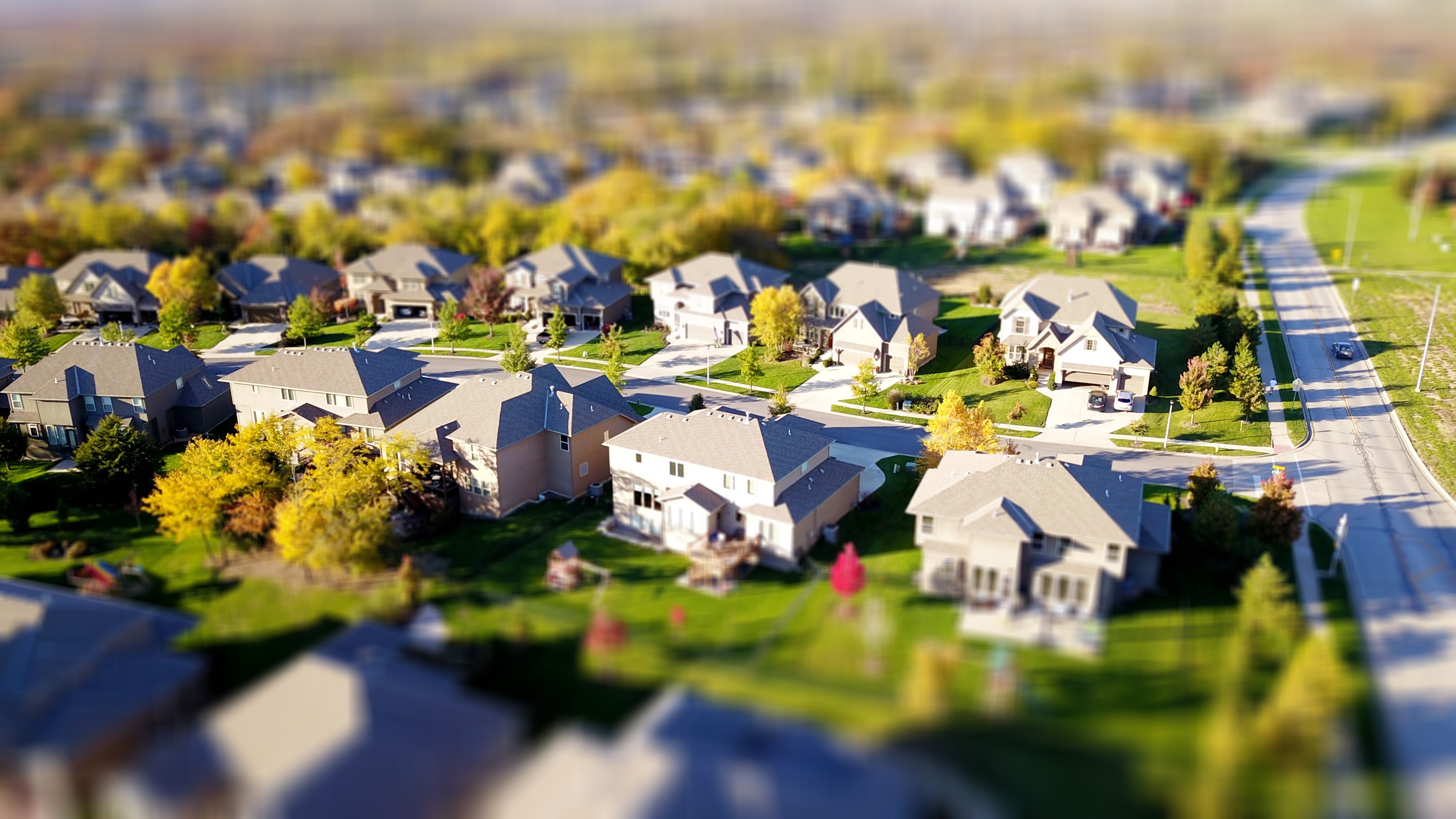
Suburbs. sourced from Pexels.comThe expectation within a small town is that people generally know each other, or are at least familiar with those who live in their area. While this may be the case some of the time, recent research points to the fact that suburban communities are growing farther apart socially, even as physical distance stays the same.
There are a number of elements at play that could affect this conclusion. Some studies point to social media having a significant impact on socialization. Others suggest that the issue only became truly prominent as a result of the Covid-19 pandemic. However, Professor Lewis Sherman of California State University claims that the problem can be almost entirely pinpointed to the ways American cities and suburbs are designed.
Take Brockport New York as an example. Sherman suggests that suburban townscapes designed around vehicles, not unlike Brockport, make people feel closed off, and less connected to their greater community. He posits that this is because roads with dangerously fast vehicles, thin inconsistent sidewalks, and a lack of major town squares sends a message loud and clear: Pedestrians are an after-thought.

Chart showing demand and rising price of living in a walkable city. Open Source: Streets.mn.
This feeling that foot traffic is unwelcome on the roads of residential districts and towns may lead people to stay inside, avoid community events, and rarely have the opportunity to learn who resides around them. Stanley Bicket, a resident of Brockport New York admits that he himself never actually introduced himself to his neighbors when he moved in years ago.
“When we bought the house – and we’re on a bit of a sharp turn, so we only had a couple neighbors depending on how you draw the line, I never knocked on their door,” said Bicket. “When I was a kid, my parents would be borrowing cups of sugar from the people next door and what not, but I only really know Paul down the road cause he walks his dog past us.”
While rural and suburban communities are becoming more and more isolated from their peers, urban neighborhoods aren’t much more optimistic. In some cases, the design of urban districts is even more direct and insidious than the incidental damage done to residential areas.
Rochester NY has a long history of red-lining, and historically has made efforts to redirect the homeless populations into poorer districts. The tactics used to achieve this were installing more public restrooms and benches in the 5th and 7th ward, providing the homeless with necessary amenities for survival, but only in poorer areas away from the financial districts.
City culture is completely different to suburban culture. While buildings in the city of Rochester is certainly closer together than most layouts outside the city, resident Denise Rita argues that it is by no means a safe, walkable community.
“I think Downtown Rochester is like, traversable in spite of itself” said Denise. “Sometimes you literally cannot obey the traffic laws as a pedestrian, because people are crazy. You need to cross quickly and it’s like, I might get hit but that’s how it’s always gonna be. Plus depending on where you are, you might be worried about your safety. This isn’t a close tight knit community, it’s just a bunch of people in a spot.”
In Sherman’s study, he provides walkability maps for various cities in the United States. Coupled with those maps are surveys of local satisfaction with living standards. The result of that combined information is that cities in Europe often feel statistically more satisfied with their residential environments than American cities. European cities are designed with metro-stations and public transit as the focal point of travel. While American transportation infrastructure is consistently ranked lower than any other first world nation. The United States relies on the automobile, and that comes with a number of draw-backs.
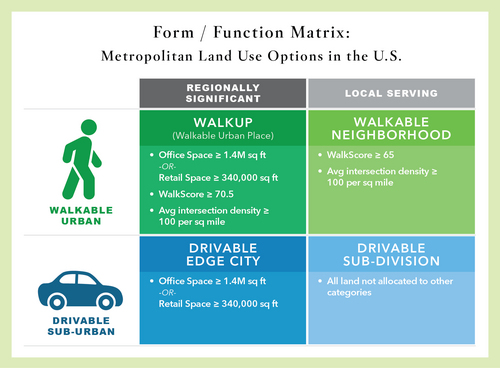
Form/Function Chart: GGwash.org study on American walkabilityResidential planning in America is very much a work in progress, which means it can be changed. Modern suburbs will never be completely uprooted as long as the housing market remains as profitable as it is. But perhaps taking some cues from foreign city planning and residential design would strengthen communities and encourage a more connected culture.

